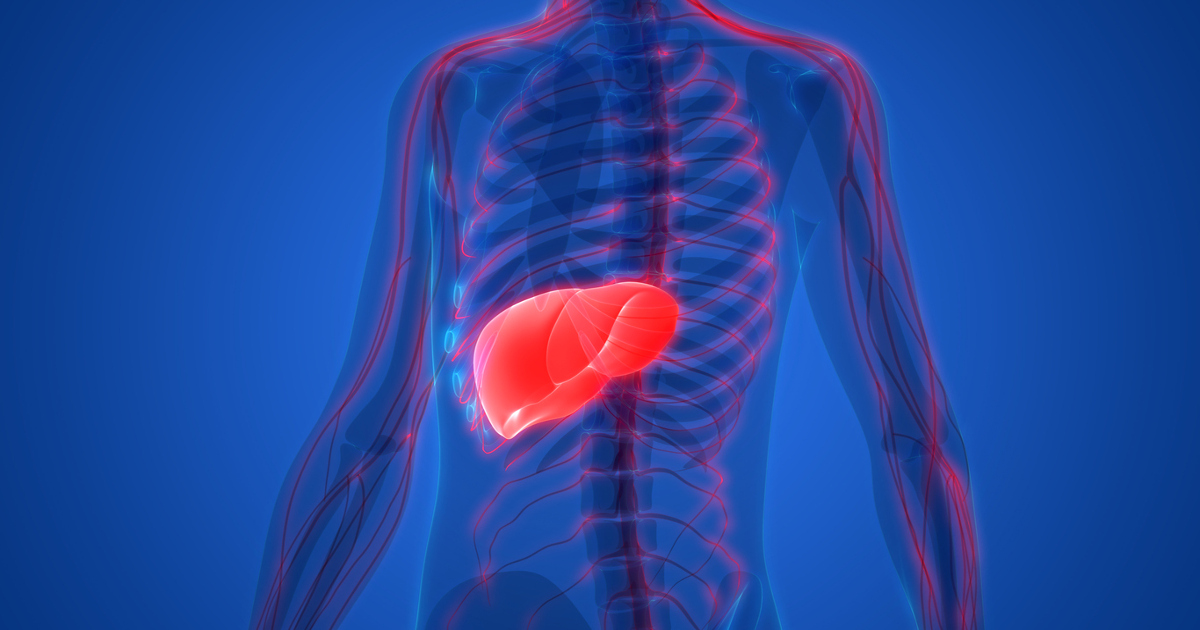Serious Symptoms Of Hemochromatosis
Hemochromatosis is a disease involving a buildup of iron in the blood, too much of which can be toxic and lead to serious health complications. The disease is usually caused by an inherited genetic abnormality. The gene mutation is recessive, which means in order for a baby to be born with hemochromatosis, their parents must both have at least one faulty gene. Hemochromatosis can also be caused by other illnesses like liver disease, anemia, and thalassemia. The disease is often treatable, but if it is left untreated, it can lead to severe and life-threatening symptoms.
Get to know the major symptoms of hemochromatosis now.
Fatigue and Weakness

Hemochromatosis can cause problems with the functioning of various endocrine glands. These organs include the thyroid, pituitary, and adrenal glands. Hemochromatosis can cause hypothyroidism, which can cause extreme fatigue and weight gain. It can also cause the pituitary and adrenal glands to stop functioning correctly, leading to tiredness and overall weakness.
Fatigue and weakness often also continue as symptoms during the treatment of hemochromatosis, particularly through a process called phlebotomy, where blood is drawn regularly to reduce the amount of iron in the blood. Unfortunately, many hemochromatosis patients have adverse reactions to losing blood, including extreme fatigue and weakness.
Uncover more symptoms of hemochromatosis now.
Heart Failure

Hemochromatosis, when left untreated, can lead to a host of heart problems, including congestive heart failure. These heart problems happen because the disease causes excessive amounts of iron to build up inside the heart, preventing the heart from pumping blood around the body effectively. Arrhythmias happen when the heart beats irregularly. Heart failure means the heart cannot work normally and fails to provide enough oxygen to the tissues. A distinctive sign of this is swollen limbs; the limbs swell because the kidneys cause the body to retain water. Other symptoms include shortness of breath, coughing, dizziness, and a high heart rate.
Learn more about the warning signs of hemochromatosis now.
Joint Pain

Hemochromatosis can cause joint pain because it damages the joints over time and can lead to arthritis. In addition to pain, the patient may have joint stiffness and may have a low range of motion in some areas. When joint pain and stiffness are among the first symptoms of hemochromatosis, it can be difficult to diagnose the disease correctly. Many doctors will not think of hemochromatosis first; rather, they may test for several forms of arthritis unrelated to hemochromatosis. There are over one hundred forms of arthritis, including rheumatoid arthritis and osteoarthritis. Several autoimmune diseases, including lupus, also cause pain in the joints. Furthermore, hemochromatosis is a very uncommon disease. Therefore, it may take a while to get diagnosed with hemochromatosis if it starts off with only joint problems.
Get the details on more signs of hemochromatosis now.
Liver Failure

Liver failure, another major symptom of hemochromatosis, can lead to death and requires emergency treatment. However, it is often difficult to diagnose because its symptoms are a little bit vague. Liver failure symptoms include feeling nauseous, being tired, having diarrhea, and a loss of appetite. Cirrhosis of the liver and liver enlargement often precede liver failure. When someone is diagnosed with hemochromatosis and the doctor suspects liver damage, the doctor will usually order multiple tests, including blood tests and a biopsy of the liver.
Learn more about the serious symptoms of hemochromatosis now.
Diabetes

Diabetes can occur as a secondary condition resulting from hemochromatosis. This is often an early sign of the disease in men, but it is less likely to occur in women with hemochromatosis. It is also more likely to happen in individuals who have a family history of diabetes. In hemochromatosis, this secondary illness is caused by organ failure due to a buildup of excess iron in the system. Hemochromatosis can cause severe damage to the pancreas over time, causing problems with insulin production and blood sugar regulation. Secondary conditions like diabetes can be prevented if hemochromatosis is caught and treated early enough. However, even if the pancreas is damaged, it can get better after treatment starts.